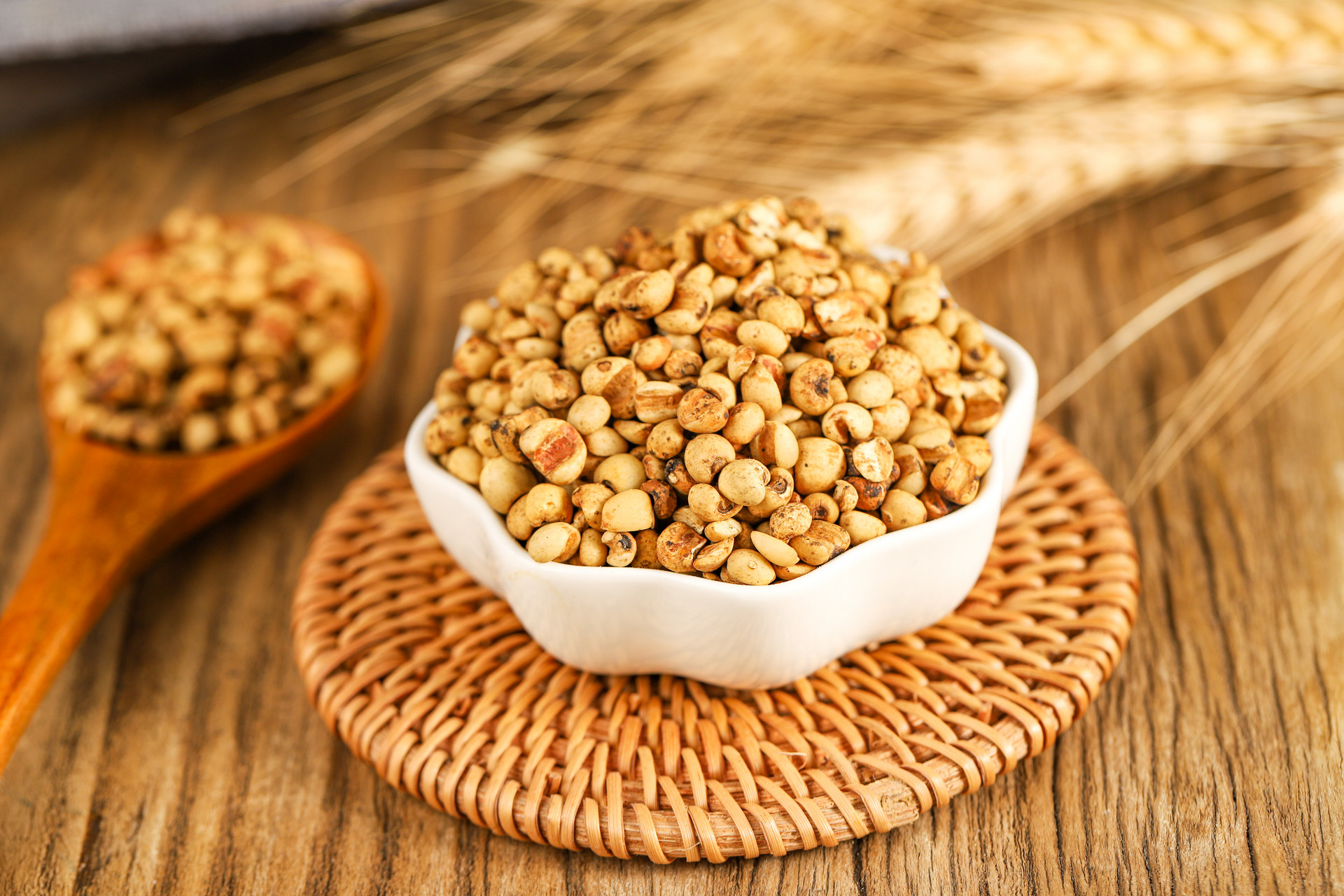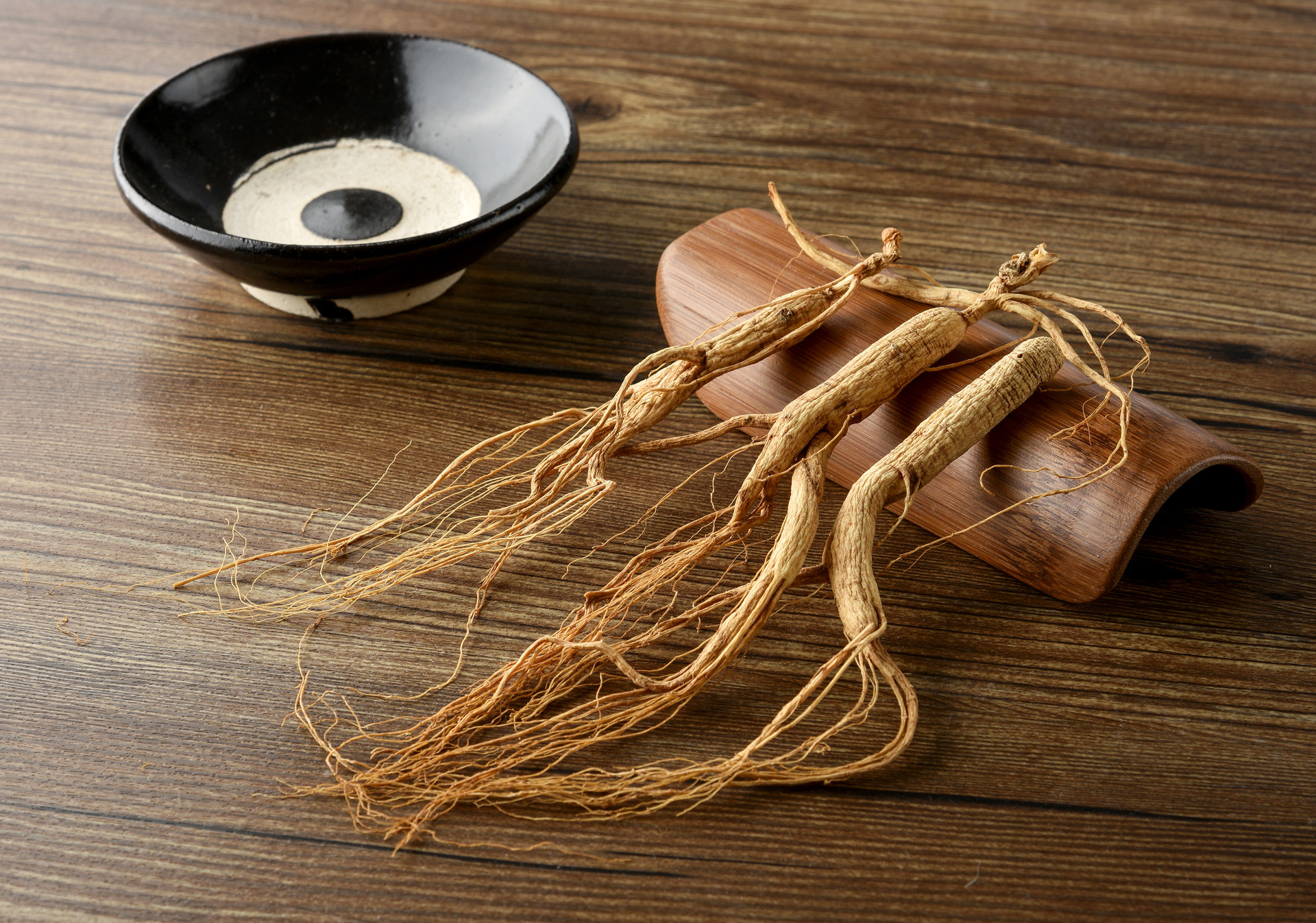- Home /
- TCM Health /
- Contents
Everyone Is Watching
-
 The Warming and Kidney-Tonifying Effects of Cinnamon Stewed Lamb
The Warming and Kidney-Tonifying Effects of Cinnamon Stewed LambIn winter, many people may experience cold stomach and fear of cold. They would invite some friends and family to have a hot and steaming lamb hot pot. Eating lamb is a good choice for winter hea
February 27, 2024 -
 Traditional Chinese Medicine: A Natural Approach to Successful Weight Loss
Traditional Chinese Medicine: A Natural Approach to Successful Weight LossFor every beauty-conscious person, weight loss is a popular topic. However, after trying various methods repeatedly but ending in failure, some people gradually start to give up. In this case, I sug
February 21, 2024 -
 The Natural Beauty of Growing Spices: A Fresh Perspective
The Natural Beauty of Growing Spices: A Fresh PerspectiveSpices such as star anise, cinnamon, cumin... This is how they grow! Today, let me explain to you how our common spices look when they are fresh and growing on trees. St
February 15, 2024 -
 Can Pregnant Women Consume Cinnamon Safely?
Can Pregnant Women Consume Cinnamon Safely?Cinnamon is the most commonly used seasoning in our daily lives. Using cinnamon has certain benefits for the body, such as warming the spleen and stomach, dispersing cold, strengthening the yang, di
February 3, 2024 -
 Warmth in a Bowl: Cinnamon Soup for Cold Days
Warmth in a Bowl: Cinnamon Soup for Cold DaysThe weather these days is like a roller coaster, sometimes cold and sometimes hot. One day we are wearing light clothes, the next day we need to wear warm clothes. In this unpredictable season, many
January 12, 2024

Hot Picks
-
 1Chestnuts and Breastfeeding: What You Need to Know
1Chestnuts and Breastfeeding: What You Need to KnowChestnuts contain amino acids, vitamins, and other nutrients, making them highly nutritious. They also have cough suppressant and diuretic properties. Can breastfeeding mothers eat chestnuts? What s
November 23, 2023 -
 2How Many Baiguo Can Cause Poisoning and How to Safely Consume it
2How Many Baiguo Can Cause Poisoning and How to Safely Consume itBaiguo, also known as ginkgo fruit, contains various nutrients and can be both consumed as food and used in medicine. It has the effects of nourishing the lungs and relieving cough. However, poisoni
November 23, 2023 -
 3Massage Therapy: An Effective Treatment for Lumbar Sprains
3Massage Therapy: An Effective Treatment for Lumbar SprainsLumbar sprains often occur in the lumbar sacral region, sacroiliac joint, and bilateral sacral spinous muscles. When the lower back is exerted too forcefully or twisted excessively, or when there is
November 22, 2023 -
 4Using Massage Therapy to Alleviate Fever Caused by Startling in Babies
4Using Massage Therapy to Alleviate Fever Caused by Startling in BabiesPediatric fever is a common condition, which can be a standalone disease or caused by various illnesses. Some babies may even experience fever as a result of being startled. Many parents prefer to use
November 20, 2023 -
 5Massage Techniques for Mumps: Relieving Swelling and Pain
5Massage Techniques for Mumps: Relieving Swelling and PainMumps is an acute infectious disease caused by external pathogenic wind-heat toxins, which block the Shaoyang meridian and accumulate in the cheeks. Its clinical features include fever and diffuse s
November 20, 2023

